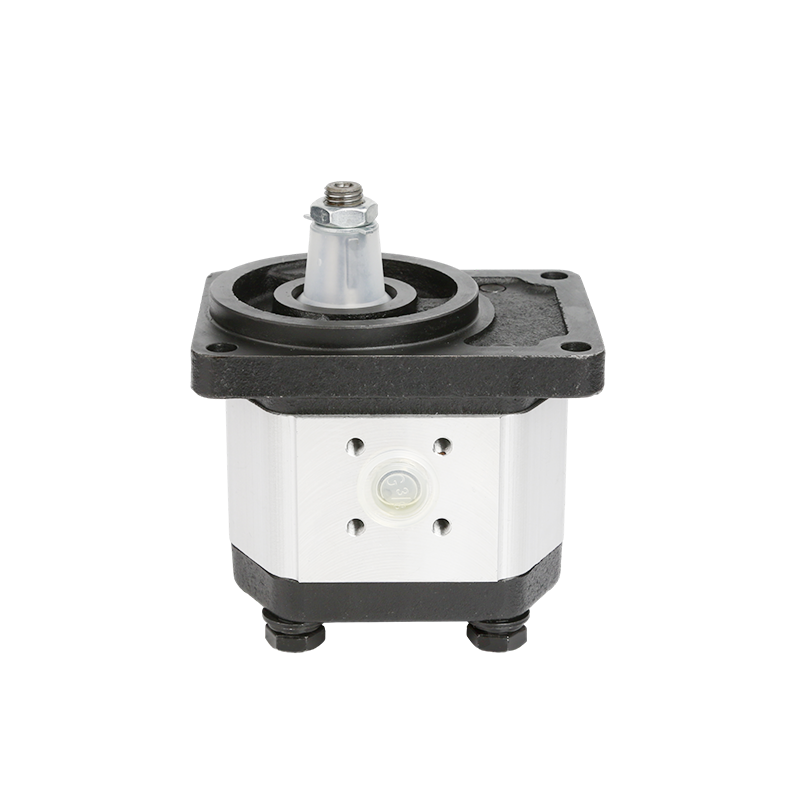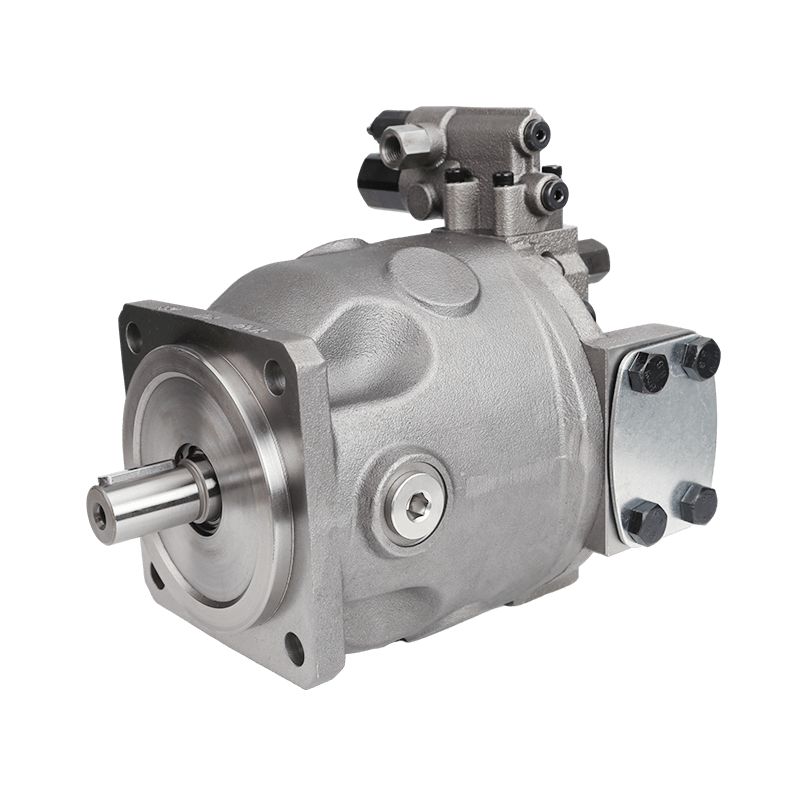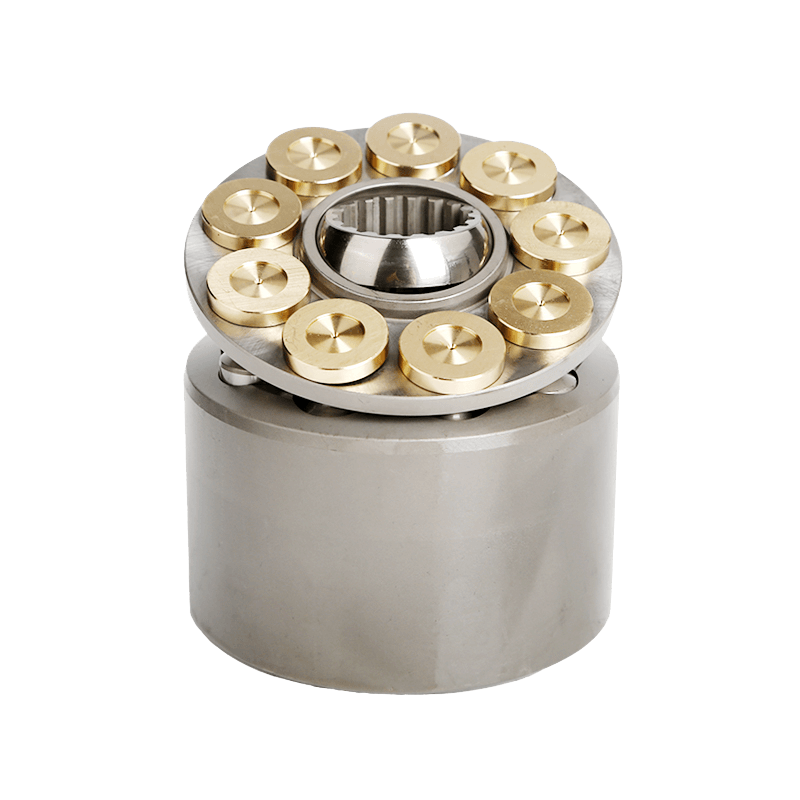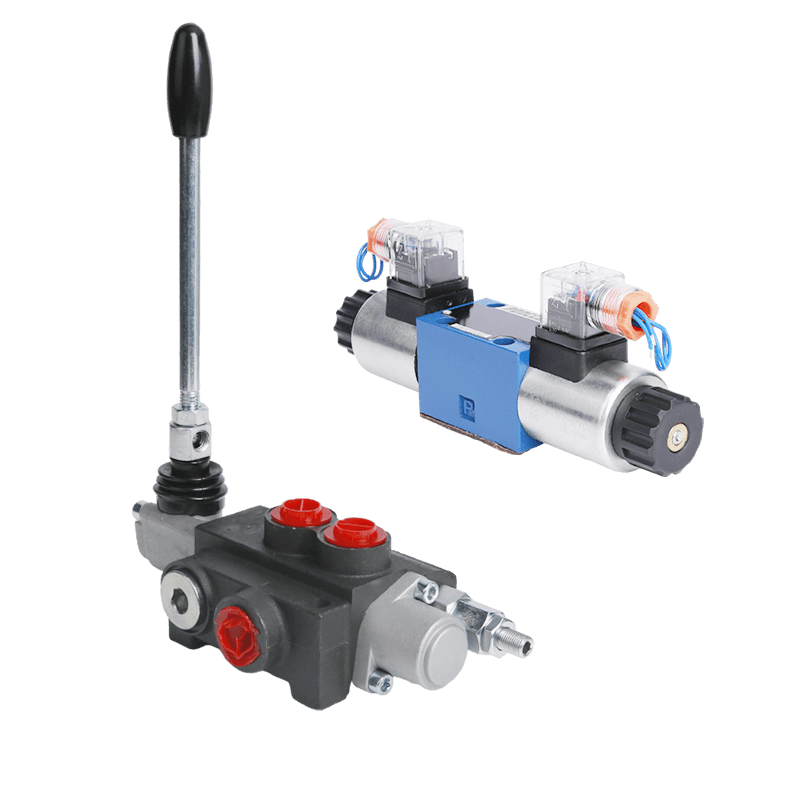Understanding Hydraulic Solenoid Valves
Overview of Hydraulic Solenoid Valves
Hydraulic solenoid valves are critical components in hydraulic systems, controlling the flow and direction of hydraulic fluid. These valves use electromagnetic solenoids to change valve positions, allowing for precise control over fluid movement. Their versatility makes them suitable for various applications, including industrial machinery, automotive systems, and aerospace technologies.
Introduction to POOCCA’s Hydraulic Solenoid Valves
POOCCA offers a comprehensive range of hydraulic solenoid valves designed to meet diverse industry needs. Their products are known for reliability, efficiency, and innovative design. POOCCA’s valves incorporate advanced technology to ensure optimal performance under varying operational conditions, providing users with enhanced control and system efficiency.
Types of Solenoid Valves
Normally Open vs. Normally Closed Solenoid Valves
There are two types of valves; those that are normally open (NO) and those that are normally closed (NC). Normally open valves let fluid flow through when the solenoid is not powered and close when it is energized. They work well for applications that need flow with stops. On the hand closed valves stay closed when not powered and open up when energized. They are great for systems that require regular interruptions in flow.
Complex Solenoid Valve Configurations
In addition to setups advanced solenoid valve models are designed to handle a variety of tasks. For example, proportional solenoids can adjust flow rates based on input signals while multi-port valves control fluid flow through paths. These setups are crucial in systems that demand control and distribution of hydraulic fluid.
Key Parameters for Selecting Hydraulic Solenoid Valves
Important Parameters to Consider
When choosing solenoid valves
- Pressure Rating: Ensure the valve can withstand system pressures without compromising integrity.
- Flow Rate: Choose a valve that supports the required flow capacity for optimal system performance.
- Material Compatibility: Select materials resistant to the specific hydraulic fluids used to prevent corrosion or degradation.
- Response Time: Consider the speed at which the valve operates to match application demands.
- Power Consumption: Assess energy efficiency to align with operational budgets and sustainability goals.
Technical Specifications and Requirements
The technical specs play a role, in deciding if a solenoid valve is a fit.
- Voltage and Current Ratings: Match electrical characteristics with system requirements to ensure compatibility.
- Temperature Range: Verify operational limits align with environmental conditions to maintain functionality.
- Size and Port Configuration: Ensure physical dimensions fit within system constraints while meeting connection standards.
- Seal Material: Opt for seals that provide durability against wear and chemical exposure.
Choosing the solenoid valve requires a deep understanding of system requirements and technical details to guarantee optimal performance and durability while maintaining safety, in hydraulic systems.
Evaluating Valve Characteristics
Number of Ports and Positions
When assessing valve performance and functionality is crucially important to consider the number of ports and positions they offer in their design variations, like two-way or four-way systems that serve unique roles in managing fluid flow and direction efficiently; for example. A two-way valve provides basic on/off control while a four-way valve permits fluid to be directed through multiple channels, for more intricate tasks to be carried out seamlessly. The choice must match the needs of the system to make sure fluid management runs smoothly.
Flow Requirements and Spool Action
It’s crucial to consider flow requirements when selecting the valve size and type, for a system operation without any pressure drops or inefficiencies due to the high expected flow rate it needs to handle effectively and efficiently; also keep in mind that whether a valve has direct or pilot operated action determines how swiftly and smoothly it can react to control signals—direct action valves work well for fast response low flow setups while pilot operated valves are better suited for gradual control, in high flow systems.
Material Selection for Valves
Selecting the materials is essential, for how valves work and how long they last. The chosen materials need to be able to handle conditions like temperatures and exposure to chemicals from hydraulic fluids. Examples of materials are steel for resisting corrosion and brass for general purposes. Picking the material helps ensure longevity and reduces the need, for maintenance to keep systems working reliably.
Special Functional Requirements
Confirm Media Compatibility
It’s crucial to consider media compatibility when choosing valves to prevent any potential issues down the line, such as degradation or failure due to incompatible materials, between the valve and hydraulic fluid used in the system.
Control Mode Verification
Testing the control mode includes checking how the valve will be activated in the system. Solitary valves can function in ways, like turning on and off or adjusting flow rates proportionally for varying amounts of liquid. Making sure that the selected control mode fits with what the system needs helps in control and boosts overall effectiveness.
Specific Functional Needs
Every software might require requirements that call for specialized valve characteristics such as swift cycling durations or minimal leak rates along with specific certifications for utilization in risky settings. Recognizing these requirements at the outset of the selection procedure aids in narrowing down choices to those providing customized solutions for performance.
Conclusion: Making the Right Choice with POOCCA
When choosing the solenoid valves for your needs is essential to have a deep understanding of the technical details and specific requirements of your application. By using a method, like following the POOCCA guide. Which involves looking at aspects such as port setup options and flow rates alongside material suitability for compatibility, with your systems media and control preferences. Experts can confidently decide on solutions that improve both the effectiveness and dependability of their systems.
POOCCA offers a variety of valves designed for various industrial needs with a focus, on durability and performance excellence in mind. Their dedication to creating quality and innovative products ensures that users can rely on their valves to meet demanding standards and deliver long-lasting performance. With POOCCA’s knowledge of technology at your disposal professionals can choose valves that seamlessly integrate into their systems and contribute to success in a wide range of industries.











